|
|
|
|
|
|
|
|
Photo Gallery for Pseudotriton montanus - Mud Salamander
| 9 photos are shown. |
 | Recorded by: Max Ramey
Avery Co. |  | Recorded by: Max Ramey
Watauga Co. |
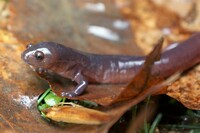 | Recorded by: Max Ramey
Watauga Co. | 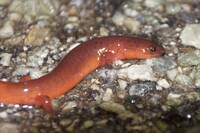 | Recorded by: Max Ramey
Watauga Co. |
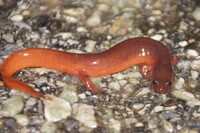 | Recorded by: Max Ramey
Watauga Co. |  | Recorded by: B. Bockhahn, N. Williamson, L. Purvis et al
Moore Co. |
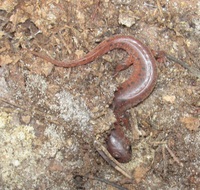 | Recorded by: B. Bockhahn, N. Williamson, L. Purvis et al
Moore Co. | 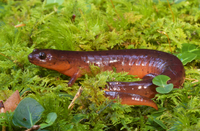 | Recorded by: Jim Petranka
Buncombe Co. |
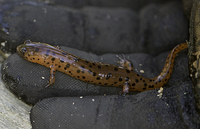 | Recorded by: ASH
Moore Co. |

 »
»


 »
»
